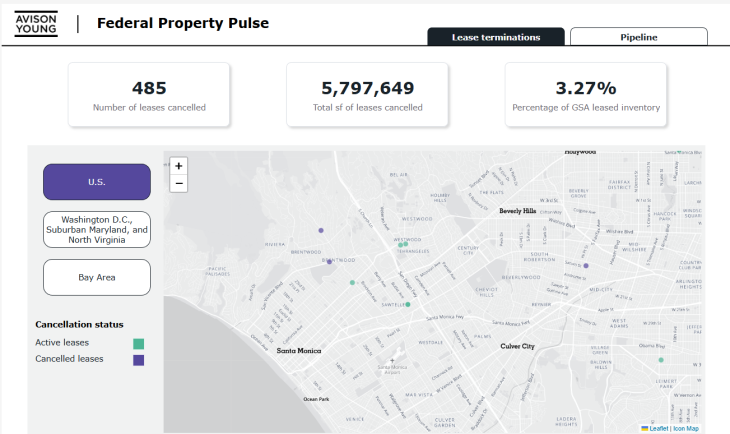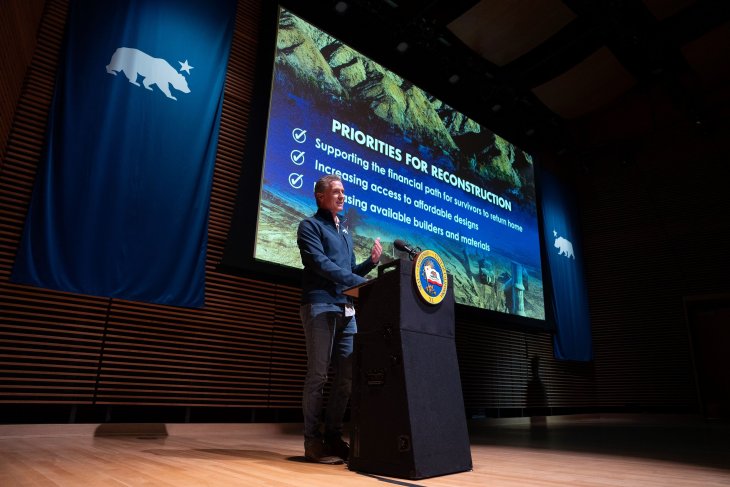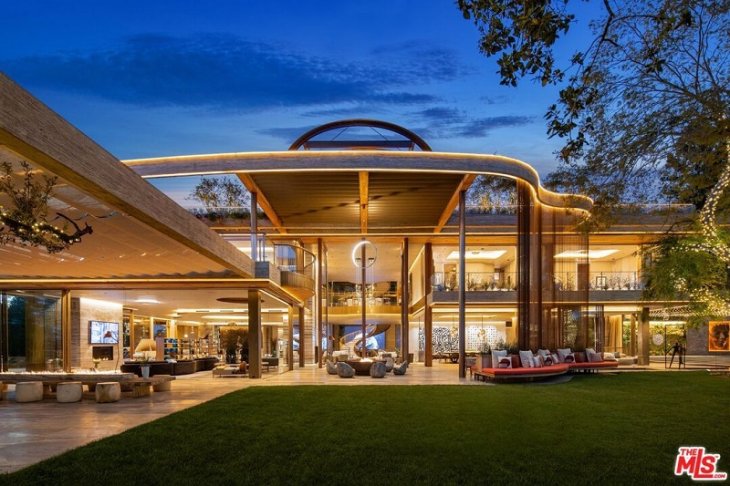BY TROY MASTERS | Los Angeles, like nearly every major urban center in America, is facing a growth conundrum: a staggering rise in the numbers of homeless people living in the streets coupled with massive inflation in rents, some say driven up by artificially inflated Real Estate values. Others, however, say the inflation in both rent and Real Estate value has been caused by too little housing inventory.
One popular solution? Build. But slow-growth advocates want limits.
The clash has resulted in a very expensive battle in the form of two ballot initiatives, Measure H and Measure S, playing out over the airwaves, online and town halls across Los Angeles.
Measure H, if approved, would increase the sales tax one-fourth of a cent and the proceeds would be used to fund a variety of programs for economically challenged city residents, including mental health services, substance abuse treatment, health care, education, job training, and affordable housing. It would raise about $355 million a year.
Measure S, Changes to Laws Governing the General Plan and Development, or Neighborhood Integrity Inititiative, would change the way zoning rules are used to allow construction projects to move forward, which some say would contradict or obstruct aspects of Measure H, possibly promoting a “Not In My Back Yard” attitude.
Currently, in Los Angeles, if a real estate developer wishes to build a project that exceeds current zoning rules — the 240 foot luxury residential tower that shopping mall developer Rick Caruso wants to erect next to the Beverly Center, for example — City Council members are petitioned to make an exception to zoning regulations that would allow the building to be developed.
Activists allege that money or other favors change hands in backroom deals with both community leaders and City Councilmembers, resulting in exceptions — or spot zoning — that allows projects of every kind to move forward. They argue that the vast majority of such projects are housing for high-income earners and that the projects exacerbate the housing affordability crisis.
Pro-Growth advocates and real estate developers argue that such a crisis is properly addressed by the construction of more housing units at all economic levels. In exchange, some developers have agreed to make available a small percentage of residential units for tenants earning very low and moderate incomes, similar to “Section 8” housing programs. In the example of the Caruso project, 13 of the 145 luxury apartments will be made available to such tenants.
In New York City such concessions are required by law and in one famous instance resulted in the “rich door, poor door” solution, that resulted in a scandal over separation of classes.
Community activist Tim Deegan, a long-time resident and community leader in THE Miracle Mile neighborhood, says “Measure S asks for a two-year moratorium on spot zoning, to give the City Council a good start on its long delayed updating of the City’s General Plan. Measure S does not call for a halt to all construction, it affects only 5%” of all projects currently planned.
Proponents of the initiative claim that 95 percent of building permits and projects already in the pipeline do not seek spot zoning exemptions and would be unaffected by Measure S.
One overlooked and potentially beneficial aspect of Measure S it that it seeks to change the way building projects are studied prior to approval. Developers, for instance, currently offer or provide their own Environmental Impact Reports (EIR). Measure S would require that The EIR be managed by independent third party experts.
Mayor Eric Garcetti, an opponent of Measure S, says the initiative would “undermine efforts to house the homeless, such as the measure voters passed in November.” Garcetti is referring to the $1.2 billion bond initiative, Measure HHH, which passed in November 2016 with 77 percent voter support. “We won’t be able to spend the money that voters authorized,” for homeless housing, Garcetti said. “We won’t be able to find the sites.”
However, projects that do not require changes to Los Angeles’ General Plan can proceed. But Garcetti says the existing General Plan is so outdated (many areas are not zoned for apartments or homes) some Measure H projects involving affordable housing may not qualify for exemption if Measure S passes.
The Los Angeles County Board of Supervisors has voted to oppose Measure S. Councilman Jose Huizar, chairman of the Planning and Land Use Management Committee, says he hopes updating the General Plan will “help alleviate some of the concerns about Measure S, which is not to do as many general plan amendments, not to do as many zone changes as we have in the past.”
There’s another component to the clash: building also means jobs. Opponents claim Measure S would push construction workers into unemployment and cite the need for an up-to-date community plan.
But Measure S supporters aren’t buying it. “The city, unfortunately, has a track record of saying they’re going to fix something, having a hearing, backing the reform and then it doesn’t happen,” Jill Stewart, campaign manager for Yes on S told the LA Times. “Because of their disastrous track record, there’s a lack of trust that any of this is going to happen.”
Measure S, bankrolled in part by AIDS Healthcare Foundation, disputes that homeless housing projects are threatened by Measure S.
The primary opposition to Measure S is being bankrolled by a developer but the initiative has several other opponents, as well. The Los Angeles LGBT Center says Measure H is an important issue for the LGBT community since homelessness in Los Angeles County disproportionately impacts LGBT youth. The Center add that Measure S would also impact LGBT seniors and transgender people disproportionately due to higher levels of poverty.























